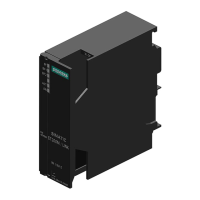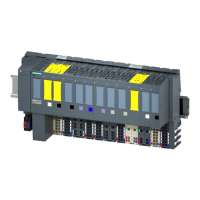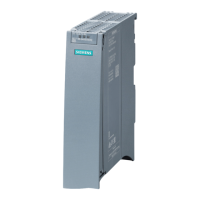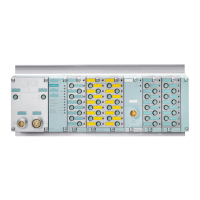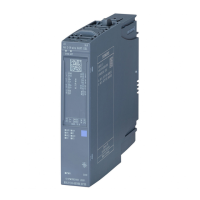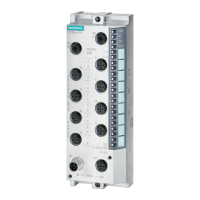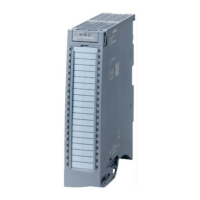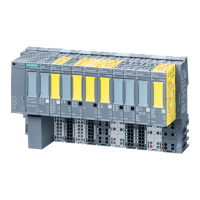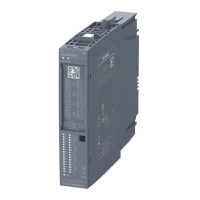Functions
5.4 Media redundancy (ring topologies)
PROFINET with STEP 7 V15
166 Function Manual, 12/2017, A5E03444486-AH
To have the media redundancy roles assigned automatically, click the "Configure MRP
automatically" button. STEP 7 automatically assigns the media redundancy role for each
device in the ring. After the automatic MRP configuration, you can make modifications to the
media redundancy roles in the "MRP role" column.
"Media redundancy" setting options
Media redundancy role
Depending on the device used, the roles "Manager", "Manager (Auto)", "Client" and "Not
device in the ring" are available.
Rules:
● A ring must have precisely one device with the role "Manager". No additional devices with
the role "Manager" or "Manager (Auto)" are permissible. All the other devices may only
have the "Client" role.
● If a ring has no device with the "Manager" role, the ring must at least have a device with
the role "Manager (Auto)". Any number of devices with the "Client" role may exist.
Ring port 1 / Ring port 2
Select one at a time those ports you want to configure as ring port 1 or ring port 2. The drop-
down list box shows the selection of possible ports for each device type. If the ports are set
at the factory, then the fields are unavailable.
If you use single-stage commissioning, use the preset ring ports in STEP 7.
If diagnostic interrupts to the MRP state are to be output in the local CPU, select the
"Diagnostic interrupts" check box. The following diagnostic interrupts can be configured:
● Wiring or port error
Diagnostic interrupts will be generated for the following errors in the ring ports:
– A neighbor of the ring port does not support MRP.
– A ring port is connected to a non-ring port
– A ring port is connected to the ring port of another MRP domain.
● Interruption / return (redundancy manager only)
If the ring is interrupted and the original configuration is returned, diagnostic interrupts will
be generated. If both of these interrupts occur within 0.2 seconds, this indicates an
interruption of the ring.
You can respond to these events in the user program by programming the appropriate
response in the diagnostic error interrupt OB (OB 82).
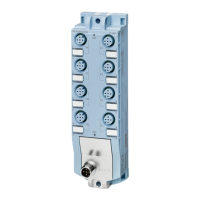
